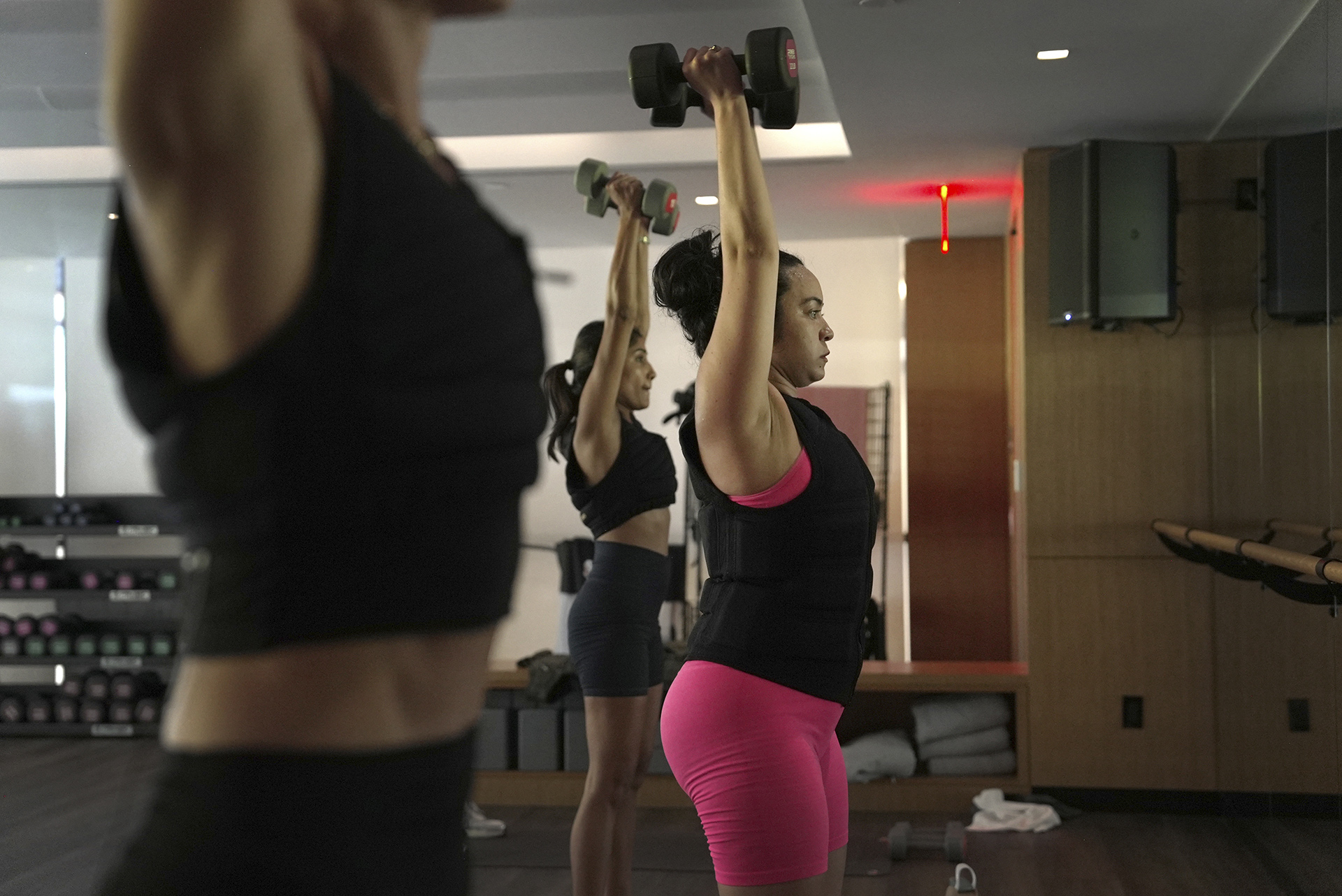
"You wear a weighted vest (also called a weight vest) over your shoulders, usually during a workout like walking, running, or strength training. It may be weighted straps that clip together like those of a backpack, or a full vest that also wraps around your chest. They often have pockets where you add or remove small weights. The extra weight helps your body work harder and increases your energy output."
"Increase energy output and muscle loading during a workout. The extra weight during exercise puts more demand on your body, causing you to burn more calories and potentially build stronger muscles. "Wearing one during body-weight resistance training, like squats, lunges, step-ups, or push-ups, is going to load those muscles more and give a little boost versus true body-weight-only exercises," Eby said."
Weighted vests are worn over the shoulders during activities like walking, running, or strength training and often contain pockets for adding small weights. The added load increases energy output and oxygen consumption, leading to higher calorie burn and greater muscle loading during body-weight resistance movements such as squats, lunges, step-ups, and push-ups. Weighted vest training can help improve sprinting power for athletes and can contribute to cardiovascular health because all exercise benefits the heart. Researchers continue to study the specific effects on strength, posture, and bone density, and results remain emerging.
Read at Harvard Gazette
Unable to calculate read time
Collection
[
|
...
]